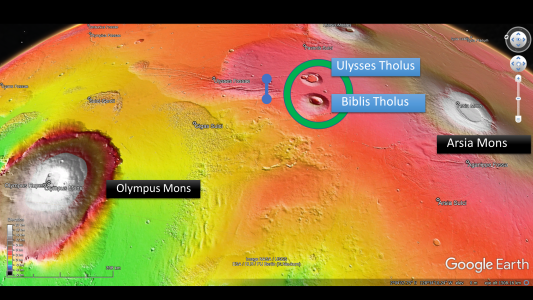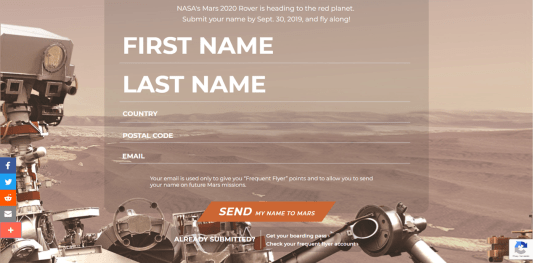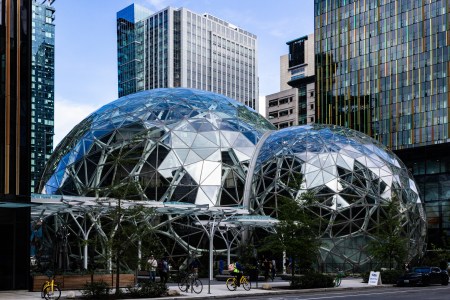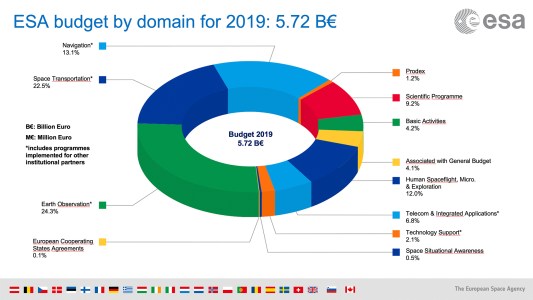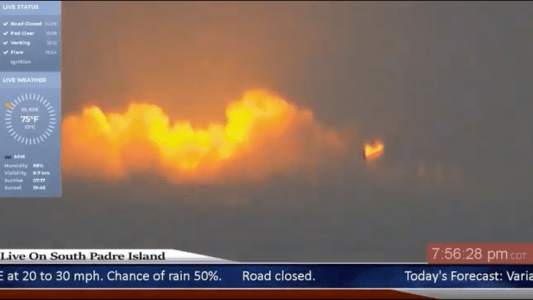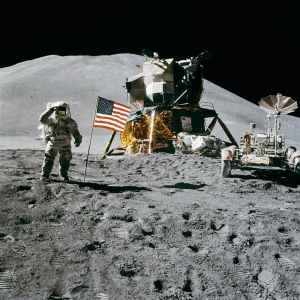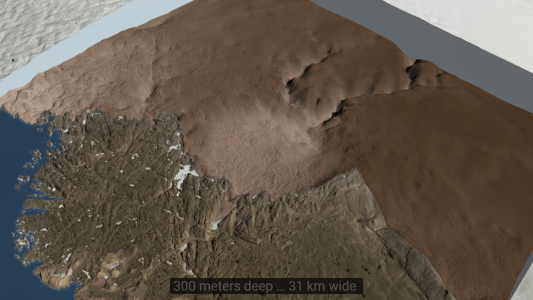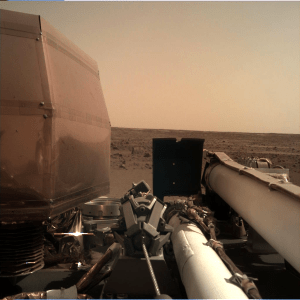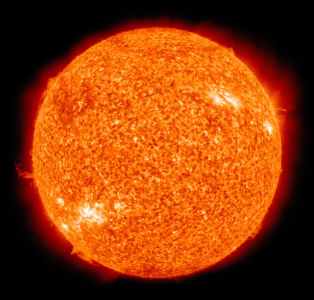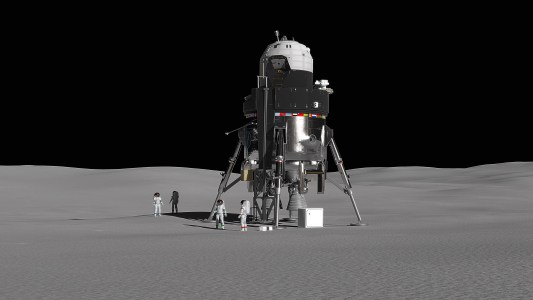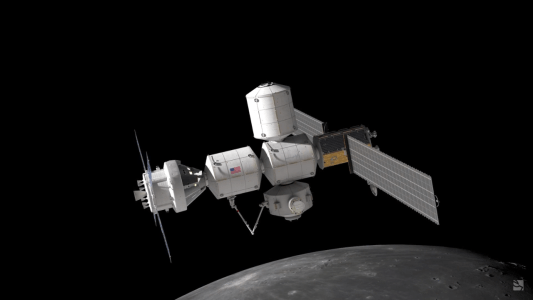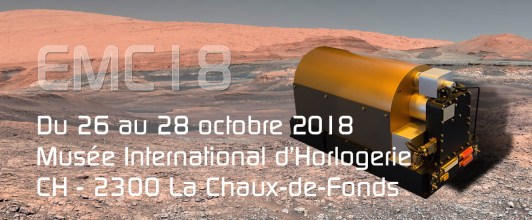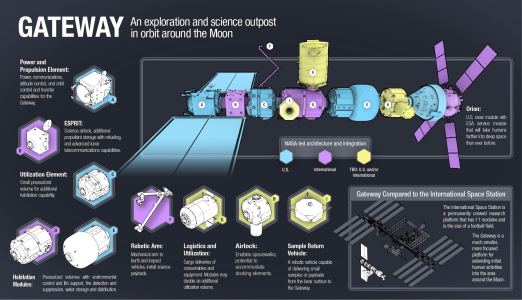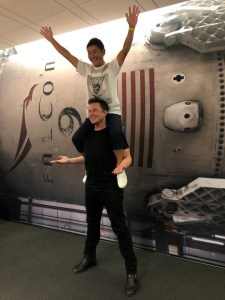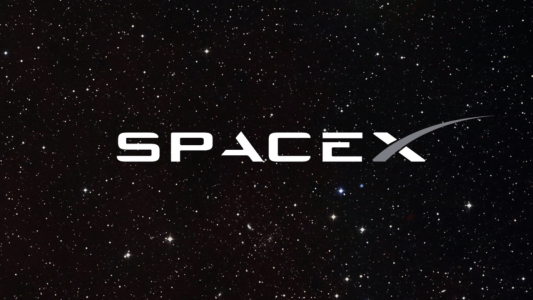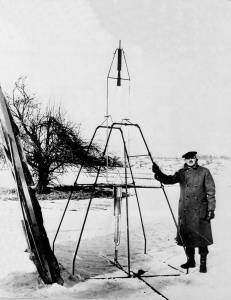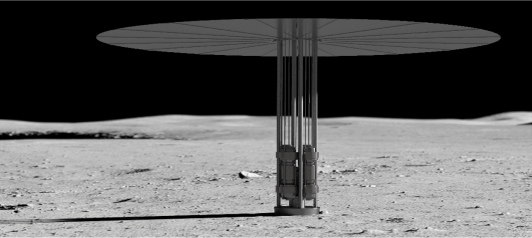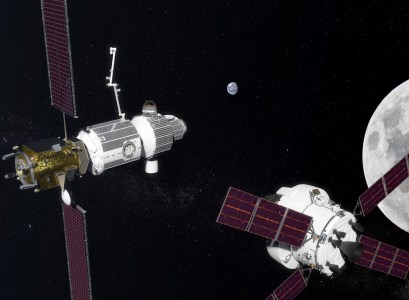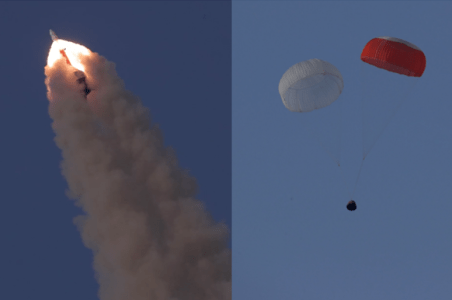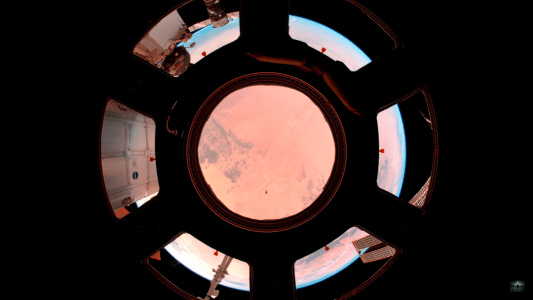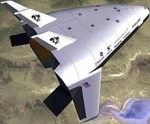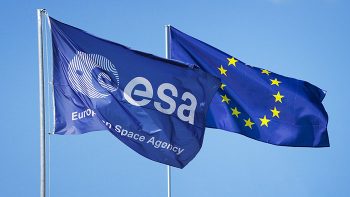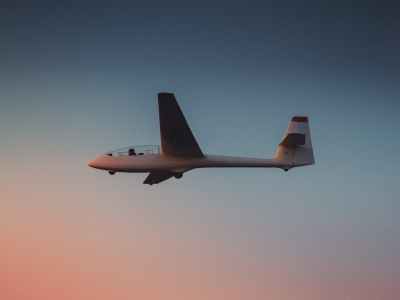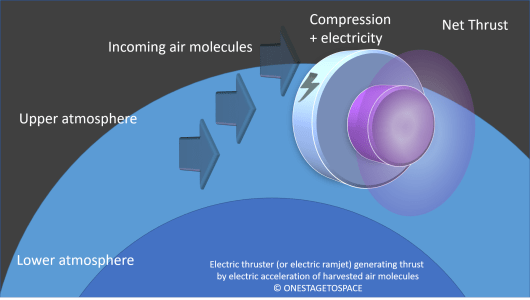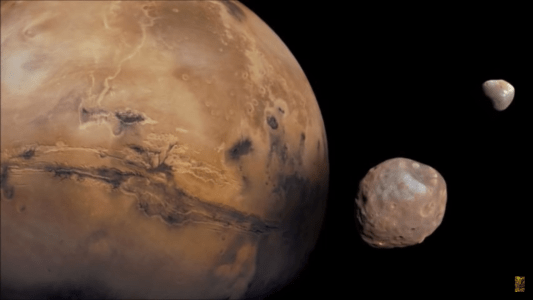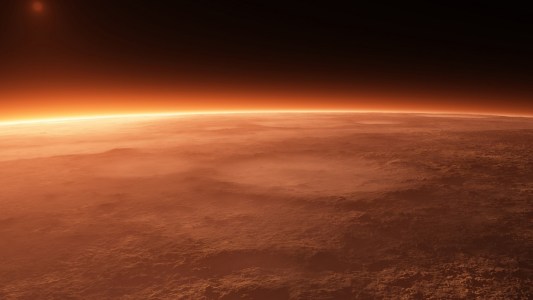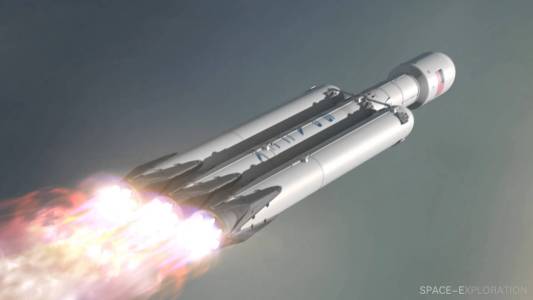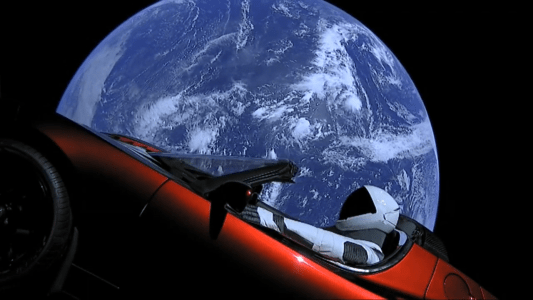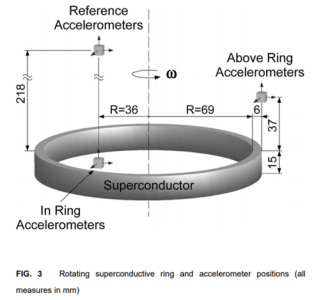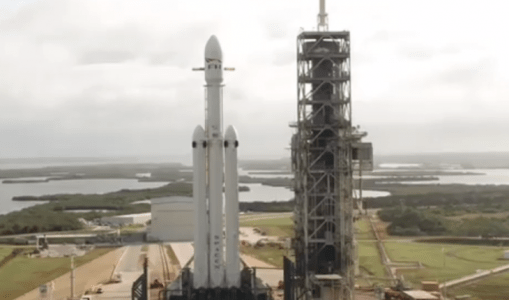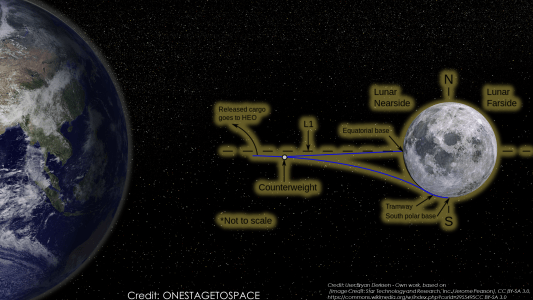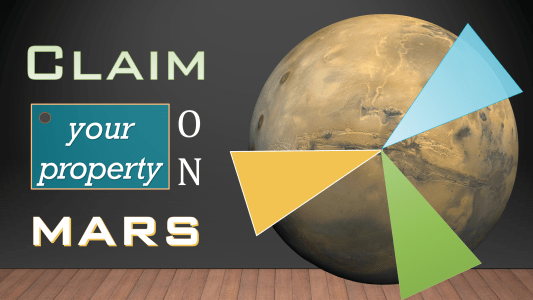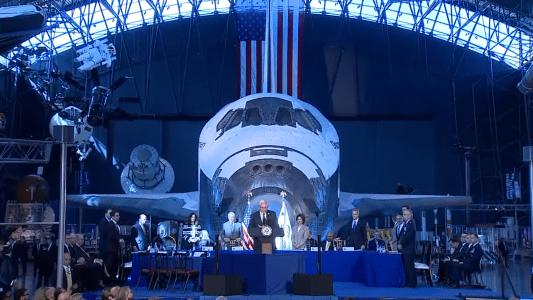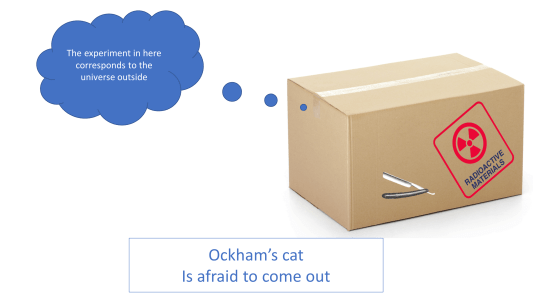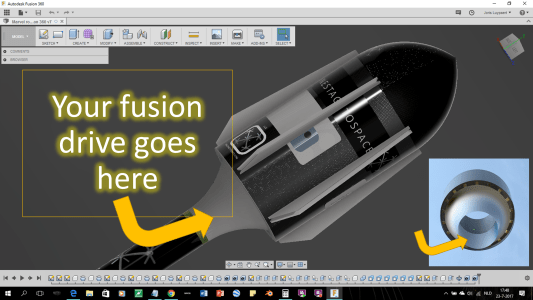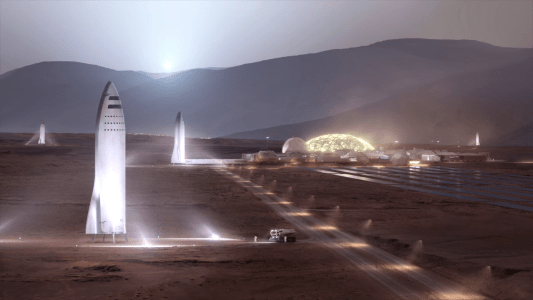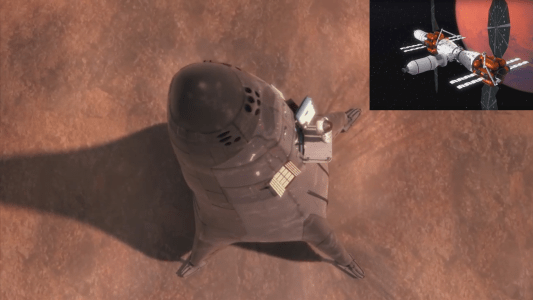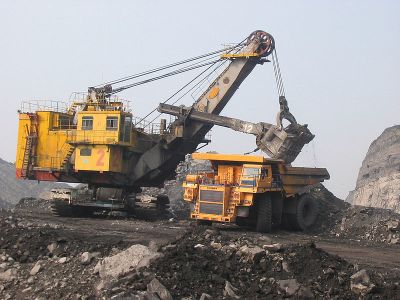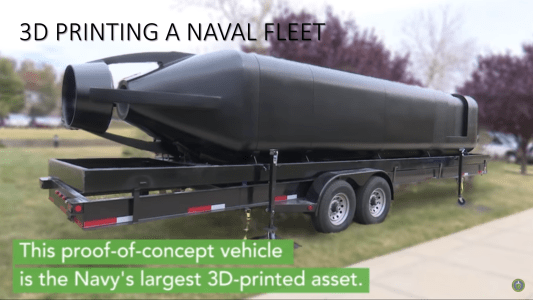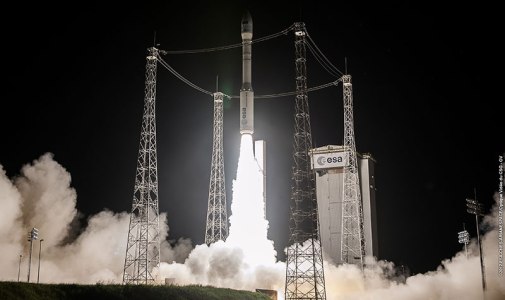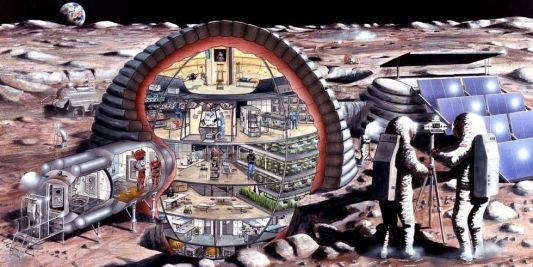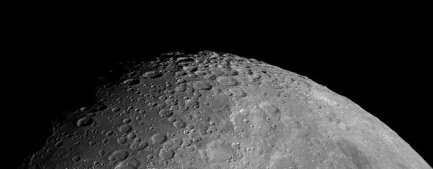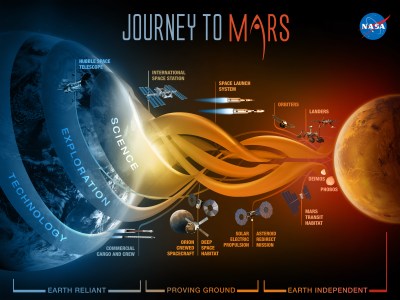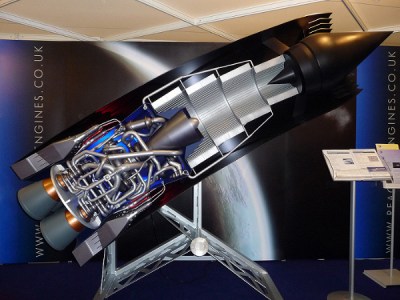Starting out with no knowledge in rocket engineering, SpaceX’s Elon Musk has become the founder of a truly revolutionary company and market leading product in the time span of just 15 years. We know Elon Musk wants to colonize Mars. We do to. In 2016 he presented a launch vehicle in line with his most aggressive schedule. Commercial realities forced him to refocus on an architecture and a vehicle concept that was economically viable too. At the 2017 IAC conference in Adelaide, he presented just that:
Elon Musk: “[With our fleet of Falcons, ] all our resources will turn towards building BFR. We believe we can do this with the revenue from the satellites and for servicing the space station”
Let us digest his presentation, with the excerpts below.
The Complete 43 minute presentation:
Concept Details
Elon details that in order to do this you need:
- Have a personal drive. Check. Elon Musk is an Elon “Must”.
- Have a vision for space. Check. Elon Musk already is half-martian.
- A good engine. Check. The raptor development is progressing smoothly.
- Develop weight saving cryogenic carbon fiber propellant tanks. Check.
- Ability to propulsively land. Check. SpaceX is the current master at this game.
- Determining your need. 10.000 flights. Doable? Yes. The lower cost makes the cadence possible.
- Automated in-orbit rendez-vous, docking and propellant transfer. Check, Check, and almost there on a SpaceX platform.
- Heat shield technology. Check. Perfected on the Dragon capsule.
- A line of rockets to gain experience with reusable operations. Check. F1, F9, FH all pointed the way.
- Developing a Big Freaking Rocket, or BFR, that has the capability. Check. Now that the design work for the FH has concluded, SpaceX is putting its best engineering minds on this task: The new BFR is conceived to take 150 metric tons to Low Earth Orbit. Smaller than last years BFR, but this one, at 9 meters in diameter, is preferred because it will fit in the company garage. This payload still allows it to deliver more than 150% of the payload, in even NASA’s most optimistic timeline for the next decade. of the NASA SLS rocket, which is in an advanced stage of construction for a capability of 70-100 metric tons
- A willingness to compromise on your design to allow it to land anywhere in the solar system. Check. Small delta wings, although they add some weight, have been added to enable this.
- A pressurized volume greater than an Airbus A380, the biggest passenger plane on Earth. Check. (825m³) This translates to room for 40 passenger cabins, 2 to 3 persons each, about 100 passengers/crew per transfer, central storage, galley and dedicated radiation storm shelters.
- 3 months to 6 months transfer timeline. Check. I wonder what their in flight entertainment plan and menu would look like. 6 months is a lot of frozen shrimp cocktails. On a positive note, VR, laser and even quantum communication, will probably have matured quite a bit by that time.
- BFR will hold two sets of tanks: two cylindrical outer tanks, holding 860 mton of subcooled liquid O2 and 240 mtons of CH4, wrapped around two smaller header tanks holding and cooling the landing propellant during transit.
- Landing is executed by 6 engines, each having a chamber pressure of 250 bar: 4 vacuum raptor engines (Isp Vac 375 s /totalling 1,900kN/diameter 2.4m) and 2 sea level engines (Isp Vac 356 s & Isp SL 330 s/ total of 1,700kN/diameter 1.3m), operating in tandem as the vehicle descends from orbit. The engines can throttle between 100% and 20% to smoothen the acceleration profile.
- The central two engines can gimbal very quickly and the outer larger ones, somewhat less. The smaller central ones are redundant. You can loose one at any point and safely land.
- Transferring propellant in orbit? They have a handle on the required orbital ballet.
- The cost per flight? less than the price of a Falcon 1. Reason: reusability and refilling in orbit.
- Destinations and missions they want to fly to in the foreseeable future: Satellites, ISS, Moon, Mars.
- A cargo hold that can enable new types of satellites and payloads. Check. At 9 meter diameters you have a volume allowing you to send up unprecedented large diameter telescopes and other voluminous equipment (like a bulldozer that can function on Mars).
- Moon landing missions. Check. You don’t even have to refuel on the surface. The public applauded when Elon Musk showed a picture on what a notional moon base Alpha would look like, benefiting from this scenario.
Elon Musk: “It is 2017. We should have a lunar base by now. What the §(&é” is going on right now???”
MOON & MARS
With regards to the more aspirational images, the audience was also being spoiled. Beautiful graphics, a physics simulation of landing on Mars, and the notional build up of a Martian city infrastructure, were part of the presentation.
This slideshow requires JavaScript.
Speeding up intercontinental travel on Earth
While the idea of using this BFR rocket to ferry people and equipment, from one part of Earth to the other side, was merely hinted as a suggestion in last years IAC presentation, the visuals now were explicit in entertaining this as a potentially viable option.
As the photo below shows, which self-respecting -surely deep pocketed- business traveler, could resist below one hour commutes to travel half way around the globe?
This slideshow requires JavaScript.
As a member of the Mars Society, the writer can only applaud the zeal of Elon Musk. I also sympathise with Robert Zubrin, and any engineer or dreamer alive, who remembers the earlier decades of rocketry, in thinking that it has been a long time overdue.
And what about our project?
Our eyes will gloss over for a couple of days, remembering all the things we love about space exploration, reenvigorated and in deep respect of what inspired action can achieve. After that will come the analysis, in which we will take this project apart and see if we can improve upon it further. My feeling is that at ONESTAGETOSPACE, we already have.
My little project does not have the same means and traction of the SpaceX effort…yet. But…the universe is a big place. There is plenty room for more than one succesful rocket company.
ONESTAGETOSPACE is a genuine space effort seeking funds to further develop and build its MARVELOUS reusable vehicle. An innovative design allows us to decimate the operational cost of both orbital and interplanetary crewed missions, from surface to surface, over even the best industry competitors. This maturing site allows us to talk about our vehicle and to share stories about projects and people that inspire us on our long journey. If there is a story you feel we should cover, or a person that would like to be interviewed, let us know. Subscribe, like, share or support us with time, money or advice to help bring this project to fruition. It is ONESTAGETOSPACE, and you can become part of the adventure.

